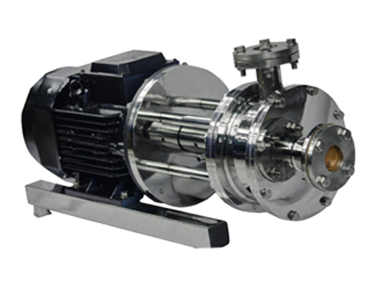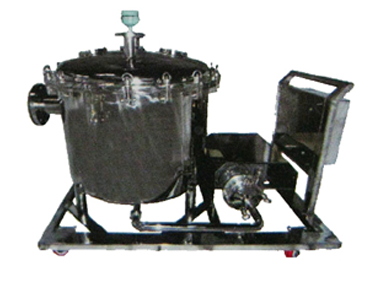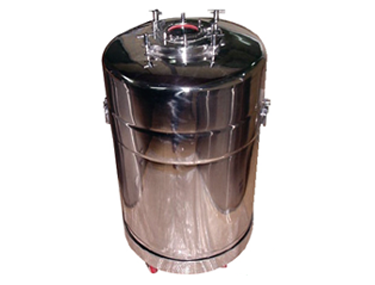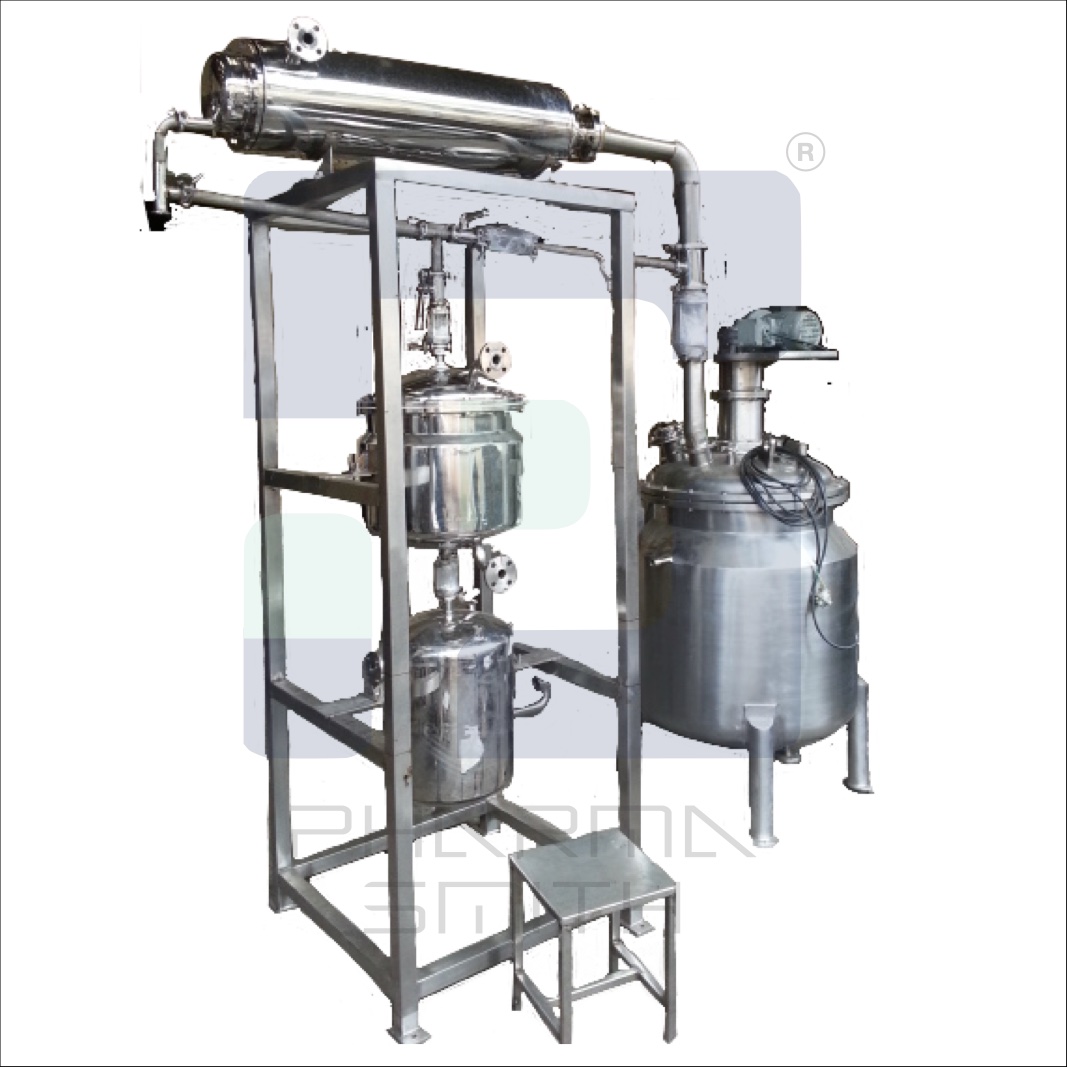Reactor
Get Best Quote
Home | Our Products | Drying Section | Reactor
How To Use Reactor?
- Preparation: Review the reactor's standard operating procedure (SOP) and safety guidelines before starting. Ensure that the reactor and all associated equipment are clean, properly assembled, and in good working condition.
- Safety Measures: Wear appropriate personal protective equipment (PPE) such as gloves, goggles, lab coat, and any other required safety gear. Familiarize yourself with emergency shut-off procedures and the location of safety equipment like fire extinguishers and eyewash stations.
- Material Preparation: Weigh and measure the reactants and solvents accurately based on the reaction's stoichiometry and desired quantities. Ensure that the reactants are of the required purity and quality.
- Charging the Reactor: Open the reactor's main cover or access port and charge the reactants and solvents into the reactor vessel. Follow the proper loading sequence, ensuring that any highly reactive or volatile components are added carefully.
- Sealing and Closing: Securely close and seal the reactor according to the manufacturer's guidelines to prevent leaks and ensure safety during the reaction.
- Mixing and Reaction: Start the mixing mechanism (agitator) to ensure proper mixing of the reactants. Initiate the heating or cooling system, maintaining the reaction temperature as required by the reaction conditions.
- Monitoring and Control: Regularly monitor and record parameters such as temperature, pressure, and reaction progress. Adjust the agitator speed, heating/cooling rates, and other parameters as needed to maintain optimal reaction conditions.
- Reaction Progress: Monitor the reaction progress through appropriate analytical techniques or observations to determine when the reaction is complete.
- Quenching or Cooling: If needed, quench the reaction by adding a quenching agent or cooling the reactor to stop the reaction.
Applications of Reactor
- Chemical Synthesis: Pharmaceutical reactors are used to synthesize active pharmaceutical ingredients (APIs) through various chemical reactions, such as condensation, esterification, hydrogenation, and more. They play a critical role in producing APIs with specific molecular structures and properties.
- API Manufacturing: Reactors are used in the manufacturing of APIs on a larger scale, ensuring consistent and controlled production of pharmaceutical compounds.
- Batch Processing: Pharmaceutical reactors are often used for batch processing of reactions, allowing controlled reactions in specific quantities.
- Fermentation: In the production of antibiotics, enzymes, and bio-based pharmaceuticals, reactors are employed for fermentation processes using microorganisms like bacteria, yeast, or fungi.
- High-Pressure Reactions: Some pharmaceutical reactions require high-pressure conditions, such as hydrogenation or polymerization. Reactors are designed to handle these conditions safely.
Salient Features of Reactor
- Material Compatibility: Constructed from materials compatible with pharmaceutical processes, ensuring chemical resistance and preventing contamination.
- High-Quality Finish: Interior surfaces are polished and finished to prevent particle adhesion, facilitate cleaning, and minimize the risk of contamination.
- Sterility Assurance: Designed to maintain sterile conditions during pharmaceutical processes, minimizing the risk of microbial contamination.
- Precise Temperature Control: Equipped with accurate temperature control systems to maintain specific reaction temperatures required for synthesis and processing.
- Agitation Mechanism: Features an agitation system (stirring or mixing) to ensure uniform distribution of reactants and efficient mixing during chemical reactions.
- Multiple Ports and Connections: Equipped with various ports, connections, and sampling points for adding reactants, monitoring reactions, and withdrawing samples.
you like share this product information
Facebook
Twitter
LinkedIn
WhatsApp
Telegram
Email
Print
Related Products

Sparkler Filter Press
read more

Inline Homogenizer
read more

ML Catch
Pot
read more

Pressure
Vessel
read more
